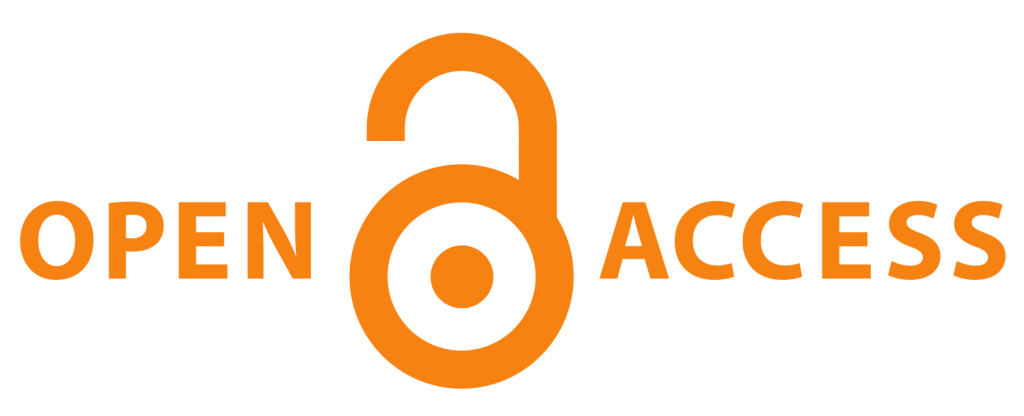Factors Affecting Learners’ Enrollment into STEM Programs n TVET Institutions within Kisumu County, Kenya: A Comparative Analysis
Abstract
The Kenya National Qualification Authority (KNQA) defines Recognition of Prior Learning (RPL) as the process used to identify, assess, and certify a candidate’s knowledge, skills, and competencies acquired in non-formal or informal learning, such as work or life experiences, against prescribed standards or learning outcomes. Despite the launch of RPL by KNQA in 2021, its implementation in Kenya, especially Western region, has generally been slow. This study was therefore conducted to: i)To identify key non-formal and informal economy-driving industries with uncertified skilled workers in, ii) To determine the level of need for RPL by Jua Kali workers; iii) To identify the possible RPL processes and nomenclature suitable to MMUST in relation to CBET and, iv) To identify the level of awareness on RPL among stakeholders. The study was done through questionnaires. The first was a needs assessment study targeting eleven ‘Jua Kali’ sectors in Kakamega town. These were Mechanical, Electrical, Welding, Masonry, Plumbing, Hotel Services, Carpentry, Textile/Dressmaking, Berber Services, and Hair and beauty services Sectors. The study involved 157 workers spread across the eleven sectors. The study found that 77.7% of the respondents have no certification to prove their competency in the work that they do. A majority (88%) of the respondents would like their skills and knowledge gained informally to be assessed and certified by a recognized institution. Also Out of these, 80.6% reported that their institutions have never been involved in the RPL process and 58.3% reported that their institutions have enough trained personnel to implement RPL. Findings also indicate that there is high level of RPL need among the workers at 88%. While reviewing literature from the KNQA, the study found a well laid down policy and guidelines for RPL implementation suitable for MMUST TVET Institute. It further exposes the low awareness on RPL among stakeholders. The study concludes by emphasizing the need to create effective awareness among RPL possible candidates, implementors and policy makers The study recommends aggressive and effective awareness creation among the ‘Jua-Kali’ traders in the twelve non-formal and informal trade areas as well as among the key stakeholders. Establishing an RPL centre in MMUST TVET Institute was deemed highly necessary to accommodate the 88.5% ‘Jua-Kali’ traders in Kakamega town, who are willing to have their skills and knowledge assessed and certified.
Article Views and Downloands Counter
References
Akgunduz, D., & Canan, M., (2021). STEM education for Industry 4.0 in technical and vocational high schools: Investigation of teacher professional development. Science Education International 32, no. 2: 172-181.
Amunga, J., & Amadalo, M. M. (2020). The gender STEM gap and its impact on Sustainable Development Goals and the Big Four Agenda in Kenya: A Synthesis of Literature. International Journal of Contemporary Education 4(1):1 DOI:10.11114/ijce.v4i1.5042
Chan, F. L., & Mohammad, F. S. (2019). ICT Integration practices of STEM teachers in TVET. International Journal of Recent Technology and Engineering, 8(4), 11011-11015.
Dávila Dos Santos, E., Albahari, A., Díaz, S., & De Freitas, E. C. (2022). ‘Science and technology as feminine: Raising awareness about and reducing the gender gap in STEM careers. Journal of Gender Studies, 31(4), 505–518. https://doi.org/10.1080/09589236.2021.1922272
KNEC. (2021). KNEC results 202. https://results.knec.ac.ke/
Miliszewska, I., & Moore, A. (2010). Encouraging girls to consider a career in ICT: A review of strategies. Journal of Information Technology Education, 9. https://doi.org/10.28945/1292
Miller, K., Sonnert, G., & Sadler, P. (2018). The influence of students’ participation in STEM competitions on their interest in STEM careers. International Journal of Science Education, Part B, 8(2), 95-114.DOI:10.1080/21548455.2017.1397298
Ng’ang’a, A., Mureithi, L. P., & Wambugu, A. (2018). Mathematics gender gaps in Kenya: Are resource differentials between boys and girls to blame?. Cogent Education, 5(1), 1564163 https://doi.org/10.1080/2331186X.2018.1564163
Ngugi, M., & Muthima, P. (2017). Female participation in technical, vocational education and training institutions (TVET) subsector. The Kenyan experience. Public Policy and Administration Research, 7(4), 9-23. ISSN 2224-5731(Paper) ISSN 2225-0972 (Online) https://core.ac.uk/download/pdf/234670027.pdf
Njenga, L. W., & Odhiambo, R. A. (2021). Our experiences as women in STEM in Kenya. The International Science Programme 2001–2021, 162.
NACOSTI. (2022) Role of NACOSTI in formulation and implementation of science technology & innovation policies. https://nacosti.go.ke
Sichangi, M. (2017). Why are girls and women under-represented in science related fields in Africa? https://www.globalpartnership.org/users/msichangi
Vela, K. N., Pedersen, R. M., & Baucum, M. N. (2020). Improving perceptions of STEM careers through informal learning environments. Journal of Research in Innovative Teaching & Learning, 13(1), 103-113. https://doi.org/10.1108/JRIT-12-2019-0078
Were, C. A. (2020). Factors Influencing The Retention Of Female Students In Science, Technology, Engineering And Mathematics (Stem) Courses, At The Technical University Of Kenya (Doctoral dissertation, University of Nairobi).
Copyright (c) 2024 Africa Journal of Technical and Vocational Education and Training

This work is licensed under a Creative Commons Attribution-NonCommercial-ShareAlike 4.0 International License.
Copyright Notice Copyright of published articles is held by AfriTVET. No limitation will be placed on the personal freedom of authors to copy or to use in subsequent work, material contained in their papers. Please contact the Publisher for clarification if you are unsure of the use of copyright material. Apart from fair dealing for the purposes of research and private study, or criticism and or review, this publication may only be reproduced, stored or transmitted, in any form or by any means, with the prior permission in writing of the Publishers.


